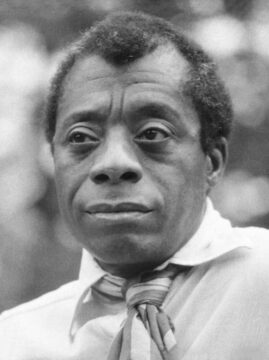
Ed Pavlić in Boston Review:
Now we are here not only to mourn those children, who cannot really be mourned,” said James Baldwin in his address to a crowd of seven thousand that filled Foley Square in lower Manhattan on September 22, 1963. It was the Sunday following the Sunday morning bombing of the 16th Street Baptist Church in Birmingham, Alabama, one of the most heinous hate crimes since the Supreme Court’s 1954 decision in Brown v. Board had sparked a modern Black protest movement—and with it, a resurgence of white backlash. Over the past year, the traditionally standoffish 16th Street Baptist congregation had increasingly engaged the freedom movement. During protests in April and May of that year the church served as a base from which thousands of marchers—many of them children—departed on their way to being intercepted and jailed by police. On the morning of Sunday, September 15, the inaugural Youth Day at the church, a small group of girls had stopped in the women’s lounge to attend to their hair and straighten each other’s outfits between sessions. At 10:22 a.m. a bomb hidden under the stairs the previous night by Klansmen blasted out the wall and stained-glass window of the lounge. Four girls, ages eleven to fourteen—Addie Mae Collins, Carole Denise McNair, Cynthia Wesley, and Carole Robertson—were killed in the explosion. Later that day, teenagers Johnny Robinson and Virgil Ware were fatally shot in separate racist attacks. In one day, six Black kids in Birmingham were dead.
The crowd to which Baldwin spoke had gathered as part of a “National Day of Mourning for the Children of Birmingham,” as had crowds in three dozen other cities across the country, from Seattle to Pasadena to Tucson, from Chicago to Shreveport, from Miami to Bridgeport. “We are here to begin to achieve the American Revolution,” Baldwin continued, warning that if organized mass action wasn’t taken, “this country will turn out to be in the position, let us say, of Spain, a country which is so tangled and so trapped and so immobilized by its interior dissension that it can’t do anything else.”
More here.
